小波分析在GPS数据降噪方面的应用研究毕业论文
2020-07-15 21:09:40
摘 要
GPS数据序列除了含有粗差和周跳外,也含有一定的噪声,可以将GPS数据序列看成含有噪声的一维信号,本文针对载波相位差分信号所含噪声的特性进行分析和消噪。本文分别采用四种方法对信号进行降噪处理,即硬阈值法、软阈值法、强制消噪法和软硬阈值折衷法(在两种折衷法中 ),通过对比四种降噪模型降噪后的SNR和RMSE,可以清晰地对这四种方法的降噪效果进行比较。在降噪过程中,采用Daubechies小波系中的db3小波基对信号进行降噪处理。本文针对载波相位差分信号所含噪声的特性进行分析和消噪做了一些专门的研究,主要内容如下:GPS信号去噪的理论基础、GPS的误差影响因素分类、小波分析的降噪模型、实验结果及分析。
),通过对比四种降噪模型降噪后的SNR和RMSE,可以清晰地对这四种方法的降噪效果进行比较。在降噪过程中,采用Daubechies小波系中的db3小波基对信号进行降噪处理。本文针对载波相位差分信号所含噪声的特性进行分析和消噪做了一些专门的研究,主要内容如下:GPS信号去噪的理论基础、GPS的误差影响因素分类、小波分析的降噪模型、实验结果及分析。
关键词:硬阈值 软阈值 强制消噪 软硬阈值折衷 载波相位差分
Application research of wavelet analysis
in GPS data denoising
Abstract
In addition to the gross error and the cycle slip, the GPS data sequence also contains some noise. The GPS data sequence can be regarded as a one-dimensional signal containing noise. This article was analyzed and denoised the characteristics of the noise contained in the carrier phase differential signal. In this paper, four methods are used to denoise the signal respectively, namely hard threshold method, soft threshold method, forced denoising method and soft and hard threshold escalation method (in two trade-off methods), by comparing four noise reduction models to denoise After the SNR and RMSE, you can clearly compare the noise reduction effects of these four methods. In the noise reduction process, the signal is denoised using the db3 wavelet basis in the Daubechies wavelet system. This dissertation focuses on the analysis and denoising of the characteristics of the noise contained in the carrier phase differential signal. The main contents are as follows:The Theoretical Basis of GPS Signal Denoising,GPS error influence factor classification,Wavelet Analysis Noise Reduction Model,Experimental results and analysis.
Key Words:Hard threshold,Soft threshold,Forced noise cancellation,Soft and hard threshold eclectic, Carrier phase difference.
目 录
摘 要 Ⅰ
Abstract Ⅱ
第一章 绪论 1
1.1研究背景 1
1.2国内外发展现状 1
1.3研究内容 2
第二章 GPS信号去噪的理论基础 4
2.1载波相位差分技术 4
2.2傅里叶变换 4
2.3小波变换 5
2.4小波函数 6
2.5阈值去噪原理 9
2.6 小波分解与重构 9
第三章 GPS的误差影响因素分类 11
3.1 GPS技术定位方法分类 11
3.2 GPS监测数据的采集模式 12
3.3 GPS的主要误差来源 13
第四章 小波分析的降噪模型 15
4.1 GPS变形监测信息的获取 15
4.2 小波分析在GPS数据降噪方面的应用研究 15
4.3软硬阈值降噪模型 16
4.4软硬阈值折衷法降噪模型 16
4.5降噪模型性能分析 17
第五章 实验结果与分析 18
5.1小波分析用于三差观测量消噪 18
5.2小波分析降噪对GPS基线解算的影响 20
第六章 结语 24
6.1 结论 24
6.2 展望 24
参考文献 26
致谢 28
第一章 绪论
1.1研究背景
在21世纪,科技的发展日新月异,进步非常迅速,这其中,信号发展应用极为广泛。但是以此同时,信号的构造也越来越复杂。因此,在实际的工程应用中,为了能够清楚地分析有用的信号所包含的信息,必须用降噪方法对信号信息进行降噪处理。在我们的现实生活中,噪声无时无刻不在对生产、生活、学习和工作产生或大或小的影响,这也同时严重影响人们的生活水平[1]。
因此可以知道,对信号进行降噪处理是尤其有必要的。在实际的信号采集过程中,因为所用到的仪器仪表、采集环境以及人为因素等,这些因素会产生噪声,并且部分噪声会在操作过程中会掩盖GPS的有用的信息,对目标的数据采集过程和对采集信号的处理产生不可避免的影响。作用于生产生活工作等造成不利的作用[2]。由此可见,在对所采集的信号应用于生产之前,对该信号用降噪方法进行处理是尤其必要的。对信号进行降噪后,我们可以获得目标较为准确的定位信息。
1.2国内外发展现状
1.2.1 国外发展现状
相关图片展示:
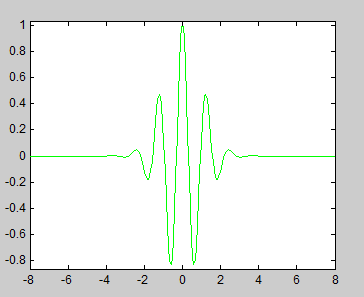

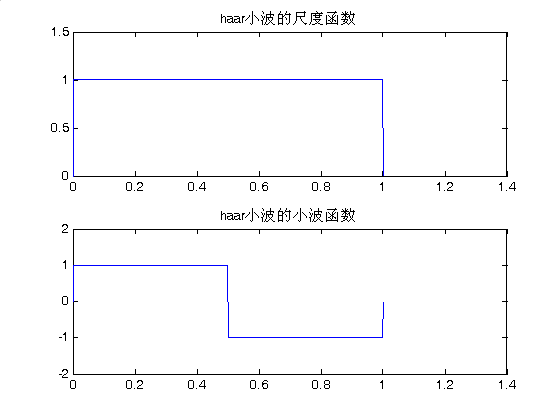
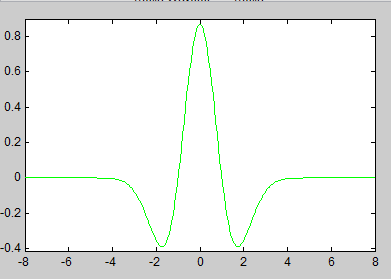
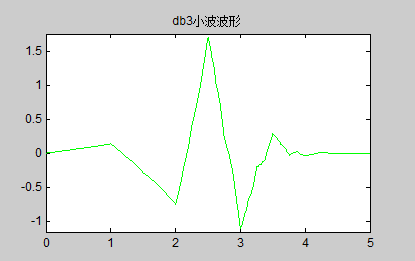
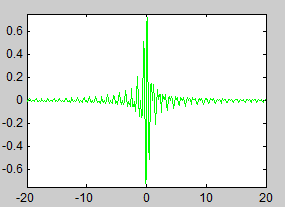
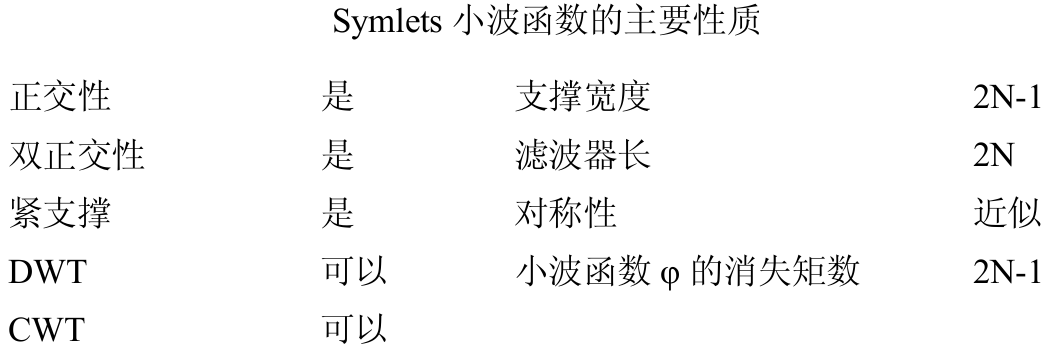
课题毕业论文、开题报告、任务书、外文翻译、程序设计、图纸设计等资料可联系客服协助查找。



